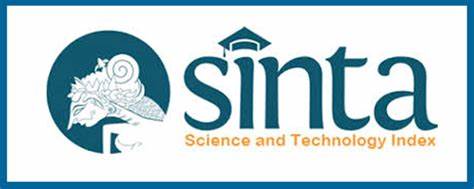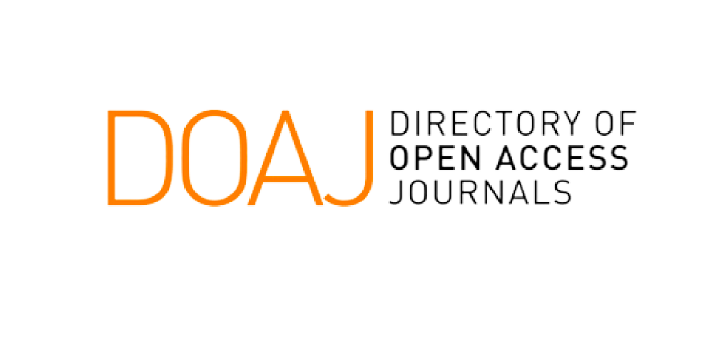STUDENTS' CRITICAL THINKING PROCESS IN COMPETITION SCIENTIFIC WORKS
Abstract
Keywords
References
Changwong, K., Sukkamart, A., & Sisan, B. (2018). Critical thinking skill development: Analysis of a new learning management model for Thai high schools. Journal of International Studies, 11(2), 37-48. doi:10.14254/2071- 8330.2018/11-2/3.
Cotton, K. (1991). Teaching Thinking Skills. Northwest Regional Educational Laboratory, School Improvement Program.
DeWaelsche, S.A. (2015). Critical thinking, questioning and student engagement in Korean university English courses. Linguistics and Education, 32, 131–147. https://doi.org/10.1016/j.linged.2015.10.003.0898-5890/C 2015
Ennis, R. H. (1985). A logical basis for measuring critical thinking skills. Educational Leadership, 43(2), 44–48.
Facione, P. A. (2015). Critical Thinking: What It Is and Why It Counts. CA: Measured Reasons.
Facione, N.C. & Facione, P.A. (2008). Critical Thinking and Clinical Judgment. Critical Thinking and Clinical Reasoning in The Health Sciences: A Teaching Anthology, pp. 1–13.
Hager, P., Sleet, R., Logan, P., & Hooper, M. (2003). Teaching Critical Thinking in Undergraduate Science Courses. Science & Education, vol. 12, no. 3, pp. 303–313.
Karakoc, M. (2016). The significance of critical thinking ability in terms of education. International Journal of Humanities and Social Science, vol. 6, no. 7, pp. 81–84.
MacKnight, C.B. (2000). Teaching Critical Thinking Through Online Discussions. Educause Quarterly, vol. 23, no. 4, pp. 38–41.
Priyatni, E.T. & Martutik. (2018). Developing Assessment as Learning Based on Problem-Solving to Promote University Students' Skills in Critical-Creative Thinking. ISLLAC: Journal of Intensive Studies on Language, Literature, Art, and Culture. 2(2), 56—69.
Maltepe, S. (2016). An Analysis of the Critical Reading Levels of Pre-service Turkish and Literature Teachers. Eurasian Journal of Educational Research, 16(63), 168–184. https://doi.org/10.14689/ejer.2016.63.10
Syahrin, A., Dawud, Suwignyo, H., Priyatni, E.T. (2019). Creative Thinking Patterns In Student‘s Scientific Works. Eurasian Journal of Educational Research, vol. 19, no. 81, pp. 21–36.
White, B., Stains, M., Escriu-Sune, M., Medaglia, E., Rostamnjad, L., Chinn, C., & Hannah, S. (2011). A Novel Instrument for Assessing Students’ Critical Thinking Abilities. Journal of College Science Teaching, Vol. 40, No. 5, 102—107.
DOI: https://doi.org/10.21776/ub.waskita.2024.008.01.4
Refbacks
- There are currently no refbacks.
Copyright (c) 2024 Muhammad Hambali, Lilik Wahyuni, Maulfi Syaiful Rizal

This work is licensed under a Creative Commons Attribution 4.0 International License.









